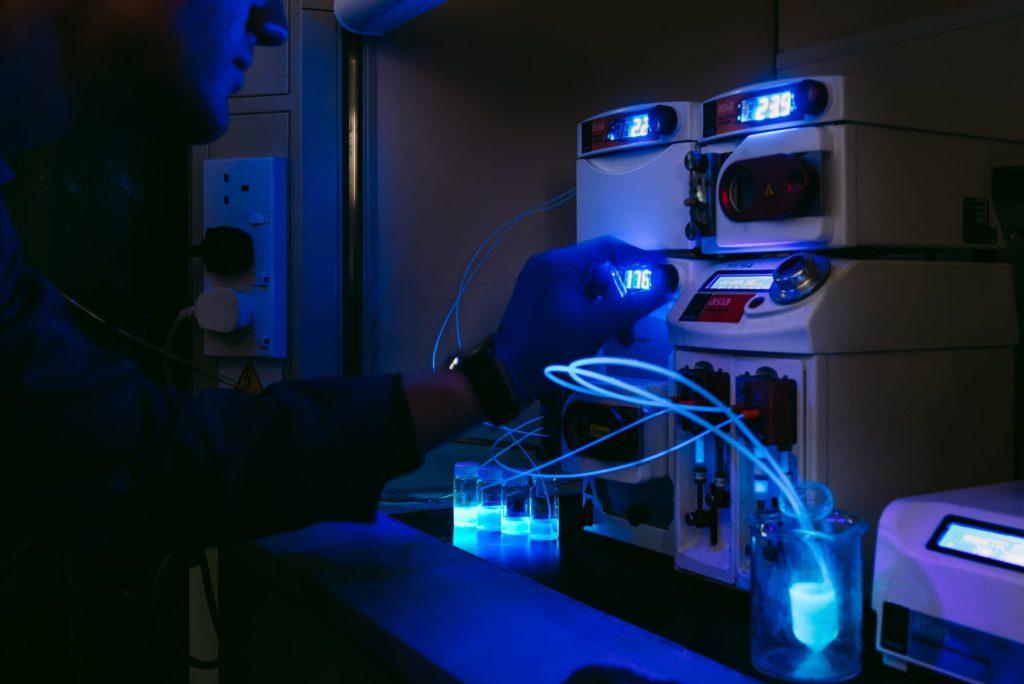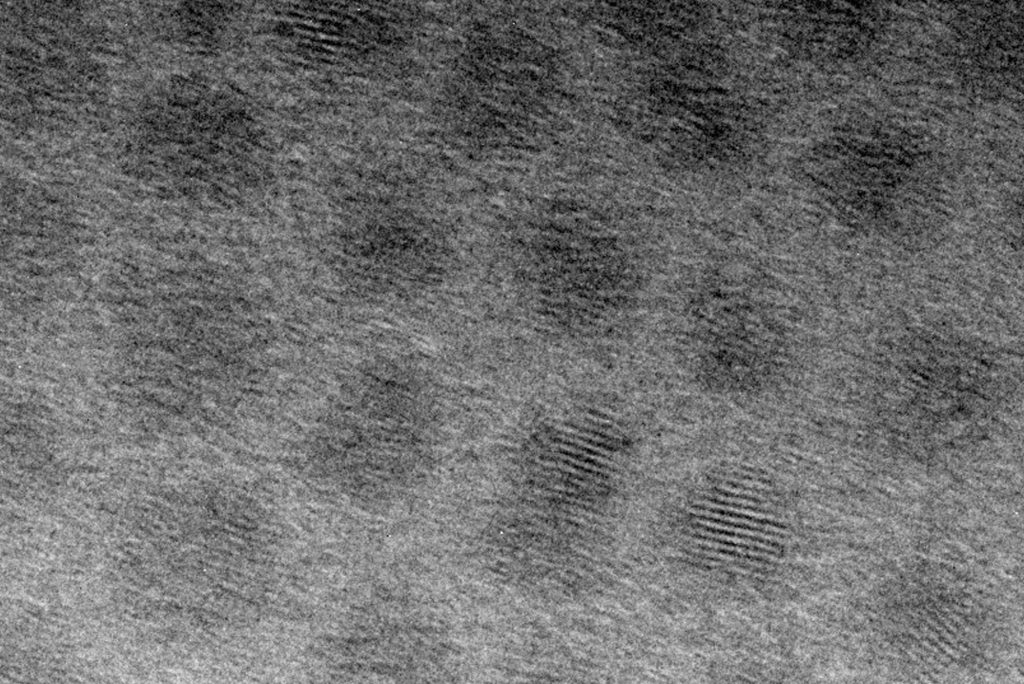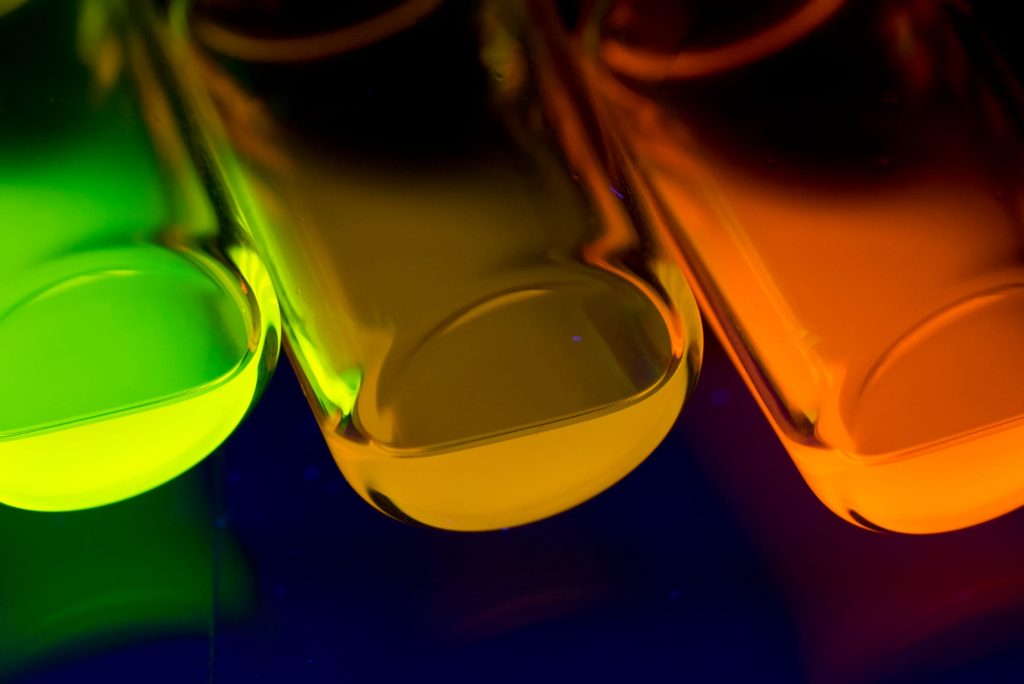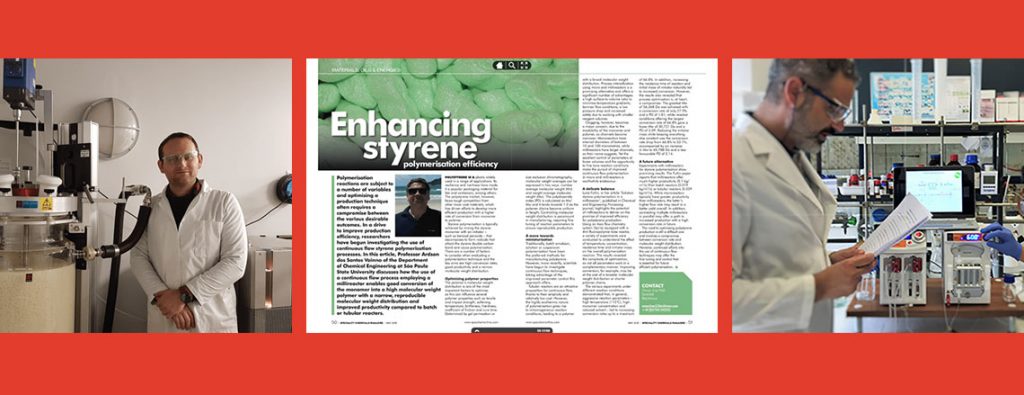Syrris Asia for precise control in quantum dot synthesis
Researchers at EPSRC CDT in Nanoscience and Nanotechnology (NanoDTC) at the University of Cambridge have been using the Asia flow chemistry system to synthesize quantum dots.
“The growth of quantum dots is susceptible to minute changes in reaction conditions, the unique control that flow chemistry permits gave me precise and repeatable quantum dot growth,” says Dr. Tom Jellicoe.

The research concerns the development of quantum dots for next-generation solar cells and LEDs.
Many nanomaterials exhibit remarkable size-dependent properties which vary profoundly when the dimensions of the particle are varied on the nanometre scale. As such, it is necessary to ensure, as much as possible, that all nanoparticles within a sample are the same size (monodisperse) to maximize usefulness in applications.”



Dr. Jellicoe has won a number of prizes for his research including the Zing nanocrystals prize in 2013 and the Royal Society of Chemistry, Chemistry World student prize in 2015.
In the case of perovskite nanocrystals I was able to control the monodispersity with great precision and repeatability. Owing to the great deal of control of the reaction conditions Asia provided, all particles had similar growth history.”

